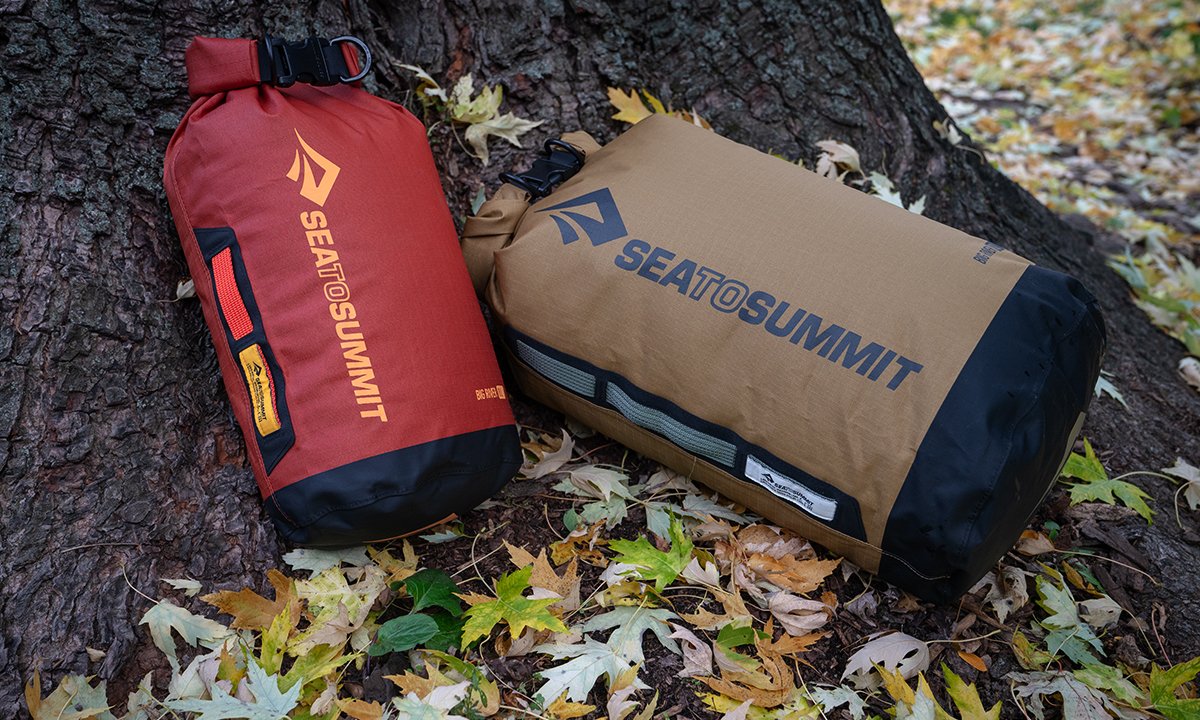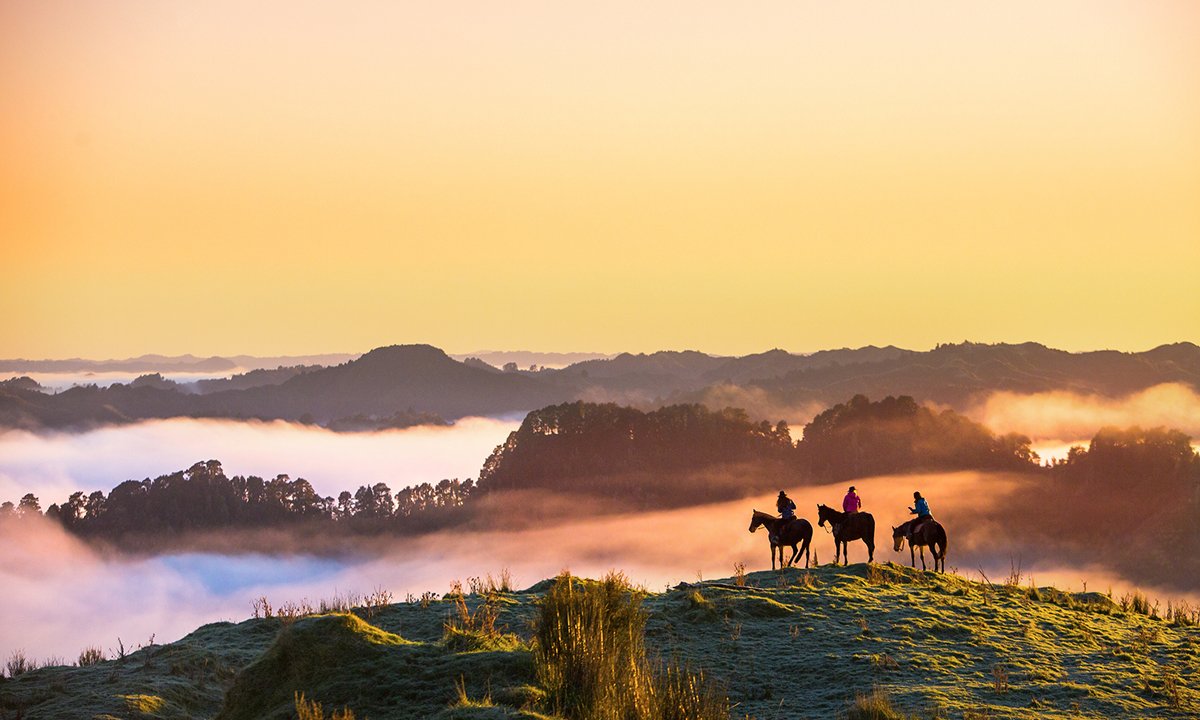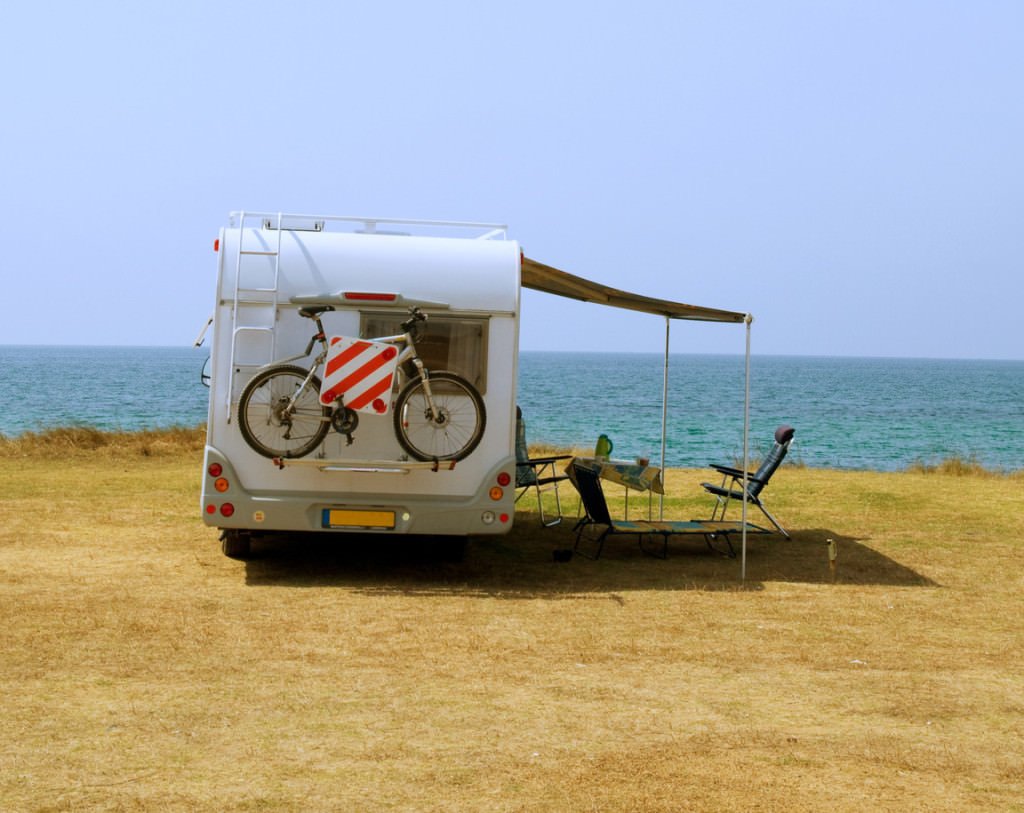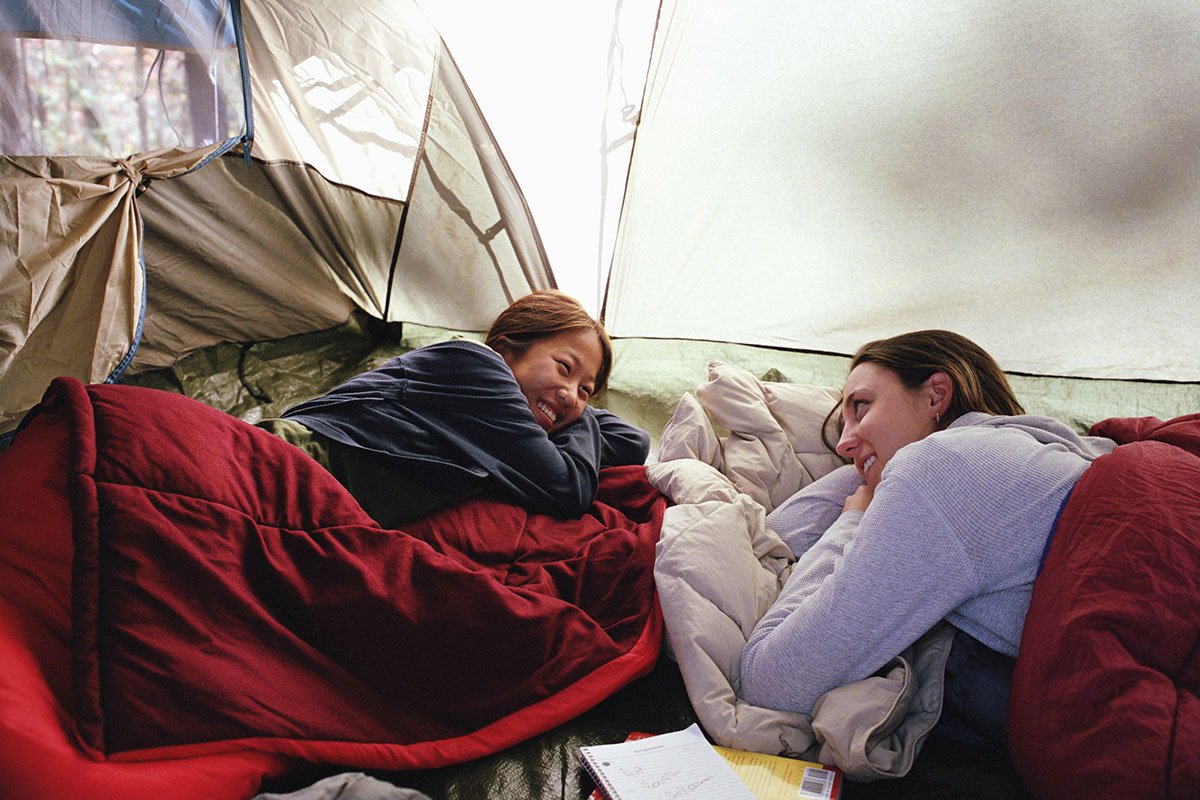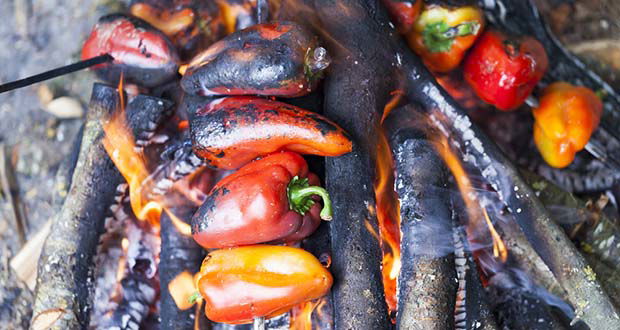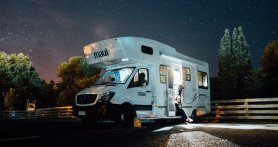If you’re someone who loves spending quality time with friends and family outdoors, the winter months may seem to limit your options. That couldn’t be further from the truth! There are tons of fun and engaging outdoor winter activities that you can do, and this beginner’s guide to snowshoeing will surely cure your winter blues.
Videos by Outdoors
Why Go Snowshoeing?
There are plenty of reasons to take up snowshoeing. First of all, it is an excellent exercise. It’s low impact and aerobic, giving you a great workout as you explore areas off the beaten path.
The gear is relatively inexpensive compared to the equipment you need for other skiing and snowboarding activities. It just requires a few basic techniques, and then you’re ready to go. Since this is a low-impact activity, you can enjoy it with your friends and family of all ages.
Snowshoeing Gear
The key to any outdoor activity is having the proper gear. Luckily, with snowshoeing, you only need a few things. Most importantly, you need snowshoes. Beyond that, you’ll want a pair of waterproof boots that will keep you warm and dry. No beginner’s guide to snowshoeing would be complete without them. Your feet will be in the snow all day, and they need to stay dry.
You’ll also need appropriate clothing that will help you maintain your body’s warmth. Other than that, you have the option of taking a pair of adjustable poles. Poles aren’t required but are recommended.
Choosing Your Gear
If you’re trying out snowshoeing for the first time, renting gear is a great option. We know you’ll fall in love with snowshoeing once you try it, but just in case, renting is a great start. It’s a great way to try it out and see if it’s something you want to keep doing.
If you’re ready to jump right in, great! For your first pair of snowshoes, you’ll want to grab a pair rated for flat terrain. Flat terrain snowshoes are perfect for starting out and are priced appropriately. These entry-level snowshoes will offer easy trekking on flat terrain, as well as rolling hills. Franklin Sports makes a solid pair of snowshoes that you’ll easily get several years from. If you fall in love with it you can always upgrade later.
All snowshoes come with a recommended load threshold, and you’ll want to be sure to choose a pair that’s right for you. Your load includes your body weight plus the weight of your backpack you’ll be bringing along.
Also, keep in mind what kind of snow you’ll be snowshoeing on. You want to make sure you choose the right type of snowshoe for the snow in your area. For example, powder snow requires a wider surface area.
Wear the Right Clothes
While you’re out snowshoeing, you want to make sure you’re staying nice and toasty the whole time. One of the most important aspects of staying warm is keeping your feet warm and dry. You’ll want a nice pair of boots to wear with your snowshoes and thick socks. Wool or synthetics socks are best, as they’ll wick your sweat, keeping you dry and moving forward.
It’s always best to dress in layers. You’ll be pretty chilly when you start on your winter snowshoe walk, but after even a few minutes, you may find yourself wanting to shed a couple of layers.
Avoid cotton since it can quickly get wet and lose its warmth. Wool and synthetic materials help wick your sweat as you’re moving along and keep you warm.
It’s good to have a nice base layer, a mid-layer, and an outer layer as far as layers go. Top it all off with a good hat and a nice pair of gloves or mittens. Waterproof gloves are best, so they don’t get wet and freeze your fingers.
Where to Go Snowshoeing
The places you can go with a pair of snowshoes are endless! Cross-country ski resorts are a great option. Most do charge a fee for you to use their trail systems, but you’ll have opportunities at all trail levels to test your skills!
Another great place is go snowshoeing is anywhere you usually go hiking in the summer. Before snowshoes, your favorite hiking trails may have seemed like they were off-limits, but now you can trek up to your favorite lookout and check out the winter season views.
National forests and state parks are other terrific options, allowing you to explore the parks during the slow season when there aren’t as many people around. The is a big benefit that the average beginner’s guide to snowshoeing fails to mention!
How To Snowshoe
Beginner snowshoeing is fairly intuitive, though you’ll find that you have to widen your stride just a bit to accommodate for the large snowshoes. If you walk as normal, you will probably step on the inside of your other snowshoe.
You’ll want to learn other techniques once you get the hang of snowshoeing, but those are the basic things you need to know for now to have an enjoyable time on your first time out.
Get Out In the Snow
Now that you’ve finished our beginner’s guide to snowshoeing, you’re ready to load up your family or a group of friends and head out to explore all that the snowy winter landscape has to offer, in snowshoes!
Outdoors.com may earn a small commission from affiliate links in this article. Thank you for supporting us!
